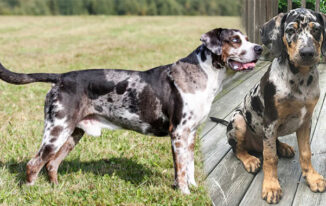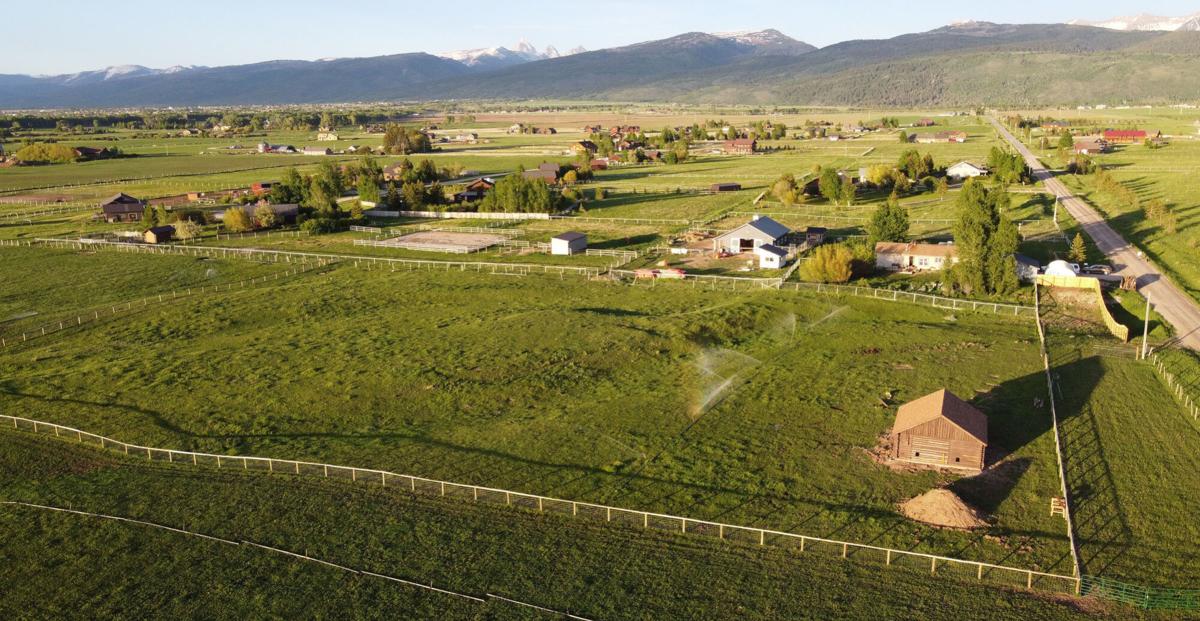Leopard geckos are desert lizards, so in the wild they live in an environment which is rocky and extremely arid. Their natural habitat ranges from sand to hard clay to gravel terrain; leopard geckos spend most of their lives on the ground or underneath it, preferring hiding places such as under rocks or in small burrows. They hide in these places during the day, waking up and becoming active after dusk.
Leopard gecko owners need to set up their vivariums to replicate their pet’s natural environment as closely as possible; you want to make it a happy home for your gecko where they will feel right in place.
There are a couple of basic requirements for your geckos vivarium which you should be aware of before you start to set up a home for your new pet. The tank you use for your gecko should be at least two feet long; a tank with a 20 gallon capacity is generally sufficient for a single gecko. If you plan to keep more than one gecko, you’ll need to have a proportionally larger vivarium for them to live in. Remember not to house two male geckos together, since they are territorial and will fight if housed together.
Your vivarium needs to be deep enough to allow your geckos the vertical space they need for climbing. You’ll also want to provide a hiding place for your pet; they will appreciate this especially when they’re ready to shed their skins. A box which is dark and humid makes the best hiding place for this. You can maintain the humidity level in the box by lining it with sand or soil and dampening it daily.
You’ll want to add some material to the bottom of your vivarium for your gecko which will replicate its environment in the wild. Soil works best for this. While some people use sand, this isn’t recommended since geckos can accidentally ingest it along with their food, causing intestinal blockages.
As far as other decorations are concerned, you can use many different materials, as long as they’re situated stably so they won’t fall on your leopard gecko if they climb it – and a gecko will climb anything and everything in their vivarium!
Your vivarium needs to be warm; a daytime temperature of 85-90 F is ideal. At night, temperatures can be slightly cooler; around 75 F is fine. This is an essential part of creating a new home for your pet leopard gecko which will make them feel welcome, as well as happy and healthy.























